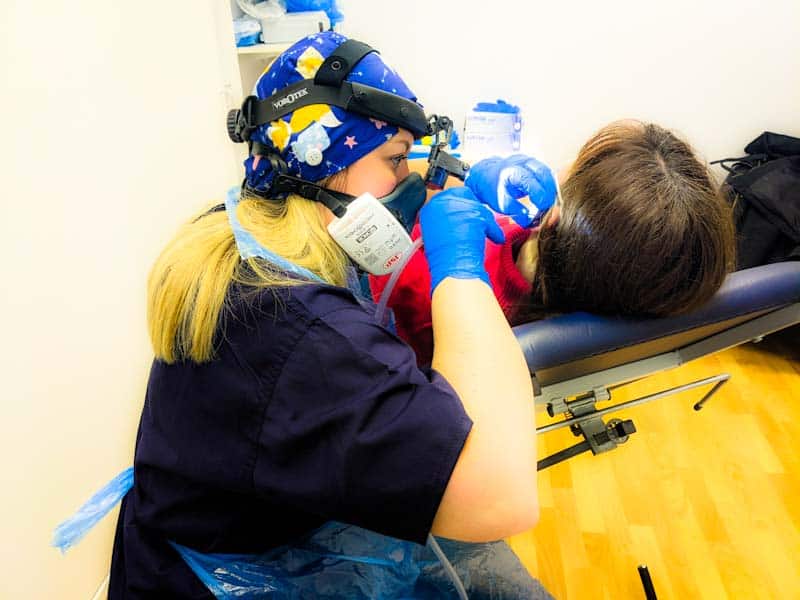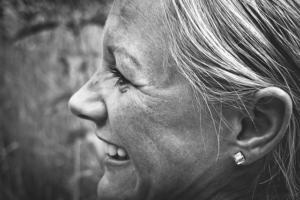Saffron Walden: Where To Find Microsuction Ear Wax Removal Saffron Walden CB11

ear wax removal near me

Saffron Walden: Where To Find Microsuction Ear Wax Removal Saffron Walden CB11
Ear Wax Removal Saffron Walden: We are Audiologists who specialise in unblocking ears, so if you have an ear wax problem, come to our ear wax removal Saffron Walden clinic. We are the local ear wax removal experts in Saffron Walden!
Phone: 0800 133 7987
Professional ear wax removal in Saffron Walden. If you have a blocked ear, come to our ear wax removal Saffron Walden clinic. We really are the ear wax removal experts in Essex.
Our prices (see below) are the best value in Saffron Walden!
You will find us in the historical market town of Saffron Walden in North West Essex. Click here to book ear wax removal in Saffron Walden
What Happens In Your Microsuction Appointment
[video_lightbox_vimeo5 video_id=”230119320″ width=”800″ height=”480″ anchor=”https://www.earwaxremoval.net/wp-content/uploads/sites/4/2021/02/Thumbnail-Video-What-Happens-In-An-Ear-Wax-Removal-Appointment.jpg” alt=”video of microsuction ear wax removal”]
Nearby Microsuction Clinics include:
You can get information on other microsuction clinic locations here.
Appointment Booking
Due to high demand, microsuction ear wax removal in Saffron Walden is strictly by appointment.
You can book a microsuction appointment in Saffron Walden online here, or click on the Book Now button below.
Parking
There is free on site parking
Ear Wax Removal Saffron Walden Map and Directions
Book your private earwax removal appointment in Saffron Walden, Essex, and say goodbye to ear wax!
Our private ear wax removal clinic in Saffron Walden also serves clients in Sewards End, Littlebury Green, Audley End, Wendens Ambo, Shortgrove, .Little Walden, Little Chesterford, Church End, Water End, Red Oaks, Hill, Stocking Green, Maple End, Radwinter, Wimbish Green, Upper Green, Howlett End, Elder Street, Debden, Newport, Wicken Bonhunt, Arkesden, Duddenhoe End, Pond Street, Elmdon, Strethall, Great Chesterford, Ickleton, Stump Cross, Hinxton, Hadstock, and other towns and villages in Essex.
Saffron Walden Microsuction Prices – BEST VALUE IN ESSEX!
Interesting Facts About Saffron Walden
- Saffron Walden is a market town in the Uttlesford district of Essex, England, 12 miles north of Bishop’s Stortford, 15 miles south of Cambridge and 43 miles north of London.
- The town of Saffron Walden was first called ‘Walden’ (from the Saxon words for ‘Valley of the Britons’) and then ‘Chipping Walden’ until around 1500 when the saffron crocus was grown extensively in the area and the saffron trade was at its peak. The ‘Saffron Walden’ name was formalised by Henry VIII in a charter granted in 1514, which showed five saffron flowers in the margins.
- The area was settled from prehistoric times, and there are ancient earthwork remains near the town. Much of the street layout we see today in the centre of Saffron Walden follows the course of the bailey enclosure of a 12th-century castle built by Geoffrey de Mandeville, Earl of Essex.
- Mandeville also founded a Benedictine Priory and established the first market here in 1141. He rebelled against the crown and lost his life, and the castle eventually crumbled into ruin. It stands today near the museum, one of the oldest purpose-built museums in the country, founded in 1835.
- The Tuesday market was held from 1295. The town’s first charter was granted in about 1300, to what was known then as Chepyng (i. e. Market) Walden. Markets are now held on Tuesdays and Saturdays.
- The original medieval market was not held in the present market place but in an area to the south where you now find street names such as Butter Market, Pig Street and Mercers Row.
- Jamie Oliver, who is a big supporter of local markets and market shopping, lives locally and patronises a number of the food stalls on this outstanding market.
- The main trading item in medieval times was wool. A guildhall was built by the wool-staplers in the market place, but demolished in 1847 to make way for a corn exchange.
- Many small business premises are located in the Rows, which were the town’s shopping centre from Medieval times onwards.
- The attractive Common is the oldest of Saffron Walden’s open spaces and on its eastern side near Walden castle ruins is the largest turf labyrinth still surviving in Europe.
- The turf maze is a series of circular excavations cut into the turf of the common. It is the largest example of this style of maze in England, the main part of which winds for about one mile within a circle about 100 feet (30 m) in diameter. The earliest record of it dates from 1699, although its origin may be earlier. It has been extensively restored several times, most recently in 1979.
- Originally called Walden, in the 16th and 17th centuries the saffron crocus (Crocus sativus) was widely grown, thanks to the town’s favourable soil and climate. The stigmas of the flower were used in medicines, as a condiment, in perfume, as an expensive yellow dye, and as an aphrodisiac, and the Saffron industry gave Walden its present name.
- Fine examples of elaborate moulded plasterwork (pargetting), can be seen on the Old Sun Inn and the houses in Castle Street & Bridge Street. Also of note are the Eight Bells, the timber-framed Cross Keys, and the medieval building that is One, Myddylton Place.
- The town and surrounding area, like much of East Anglia, was strongly Puritan during the 17th century. By 1640, Samuel Bass’s family and a number of others had departed for the Massachusetts Bay Colony as part of the Great Migration.
- Saffron Walden‘s unofficial coat of arms showed the saffron crocus within the walls of the castle in the form of an heraldic pun – as in, “Saffron walled-in”. In 1961, a formal coat of arms was granted by the College of Arms and this was adapted in 1974 into its current form.
- The 12th-century Walden Castle, built or expanded by Geoffrey de Mandeville, the first Earl of Essex, is in ruins. After the medieval period, the castle fell into disuse and much of the flint was taken and used in the construction of local houses and the wall surrounding the Audley End estate. All that remains is the ruined basement.
- Imogen Heap, singer and songwriter, was a boarder at the Friends’ School.
- The town has three ceremonial maces. The large mace was given to Saffron Walden by James II in 1685 and provides an early recording of the unofficial coat of arms. Made of silver gilt, it is approximately 4 feet long. Two smaller silver maces were bought by the corporation in 1549 to commemorate the granting of a new town charter by Edward VI. This purchase is recorded in the town’s Guild of Holy Trinity accounts and reads, “For 2 new maces, weying 18 ownces one quarter and half at 8s. the ownce 7l.7s”.
- St Mary the Virgin, Saffron Walden (Church of England) is the largest parish church in Essex. The church dates mainly from the end of the 15th century, when an old smaller church was extensively rebuilt by the master mason John Wastell, who was building King’s College Chapel in the nearby city of Cambridge. In 1769 it was damaged by lightning and the repairs, carried out in the 1790s, removed many medieval features. The spire was added in 1832 to replace an older lantern tower. The church is 183 feet long and the spire, 193 feet high, is the tallest in Essex.
- Henry Winstanley (1644–1703), creator of the first Eddystone Lighthouse, was born in nearby Littlebury and lived at 5 Museum Street.
- The Fry Art Gallery exhibits the work of artists who had an association with Saffron Walden and north west Essex, focusing on Great Bardfield Artists.
- Audley End House – once one of the largest mansions in England – is now in the care of English Heritage and open to the public. During the summer months, picnic concerts and a last night in the style of the BBC Proms have been held in the grounds.
- Saffron Walden Museum, which was established in 1835 by Saffron Walden Natural History Society, is close to the town’s castle.
- Audley End Miniature Railway – originally built by Lord Braybrooke – is a 10+1⁄4 in gauge railway ride through woodland adjoining Audley End House. The track is 1.5 miles long and opened in 1964.
- Lord Butler Leisure Centre is located on Peaslands Road and includes a pool, gym and sports injury clinic.
Credit: Thanks to Saffron Walden – Wikipedia, Saffron Walden, Essex | History & Photos | Historic Essex Guide (britainexpress.com) and History & Heritage – Saffron Walden Tourist Information Centre (visitsaffronwalden.gov.uk)







